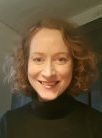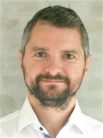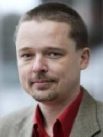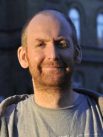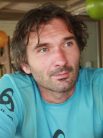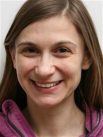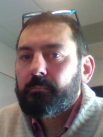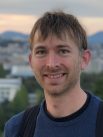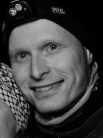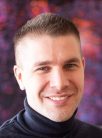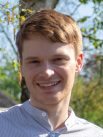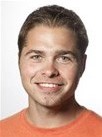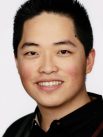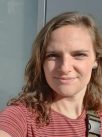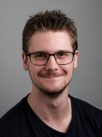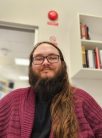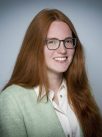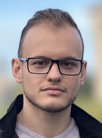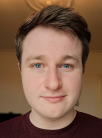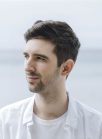About us
Imaging at large-scale facilities offers unique opportunities for measuring a material’s microstructure. Most often, these measurements require quantitative image analysis to obtain the relevant information. To ensure a high scientific output from MAX IV, the QIM center aims at developing and using the most relevant tools for analyzing the data for a given problem.
3D Imaging is an extremely powerful technique to learn about the inside of materials, samples and specimens across a wide range of scientific disciplines, including industrial and clinical applications, as well as other uses. At the newly established and one of the most brilliant synchrotron sources in the world – the MAX IV synchrotron – five imaging beamlines are being planned. Each of these has a worldwide superior specification allowing for unprecedented spatial and temporal resolution across a series of different X-ray imaging modalities. These instruments will produce very large data in the form of sequences of 3D images. These data become useful only when it is turned into information by means of image quantification. This transformation calls for image analysts and expertise from the QIM center.
Our ambition is to bridge the gap between the researchers using the MAX IV and image analysis knowledge. We provide consultancy and collaboration in order to make the process of going from a scan to results as seamless and streamlined as possible. Collaborative efforts will be required to go from the scientific questions to the quantification of the data.
You can contact the QIM team by emailing info@qim.dk or approach one of the team members below.
Meet Our Team
The individuals associated with the QIM project are:

